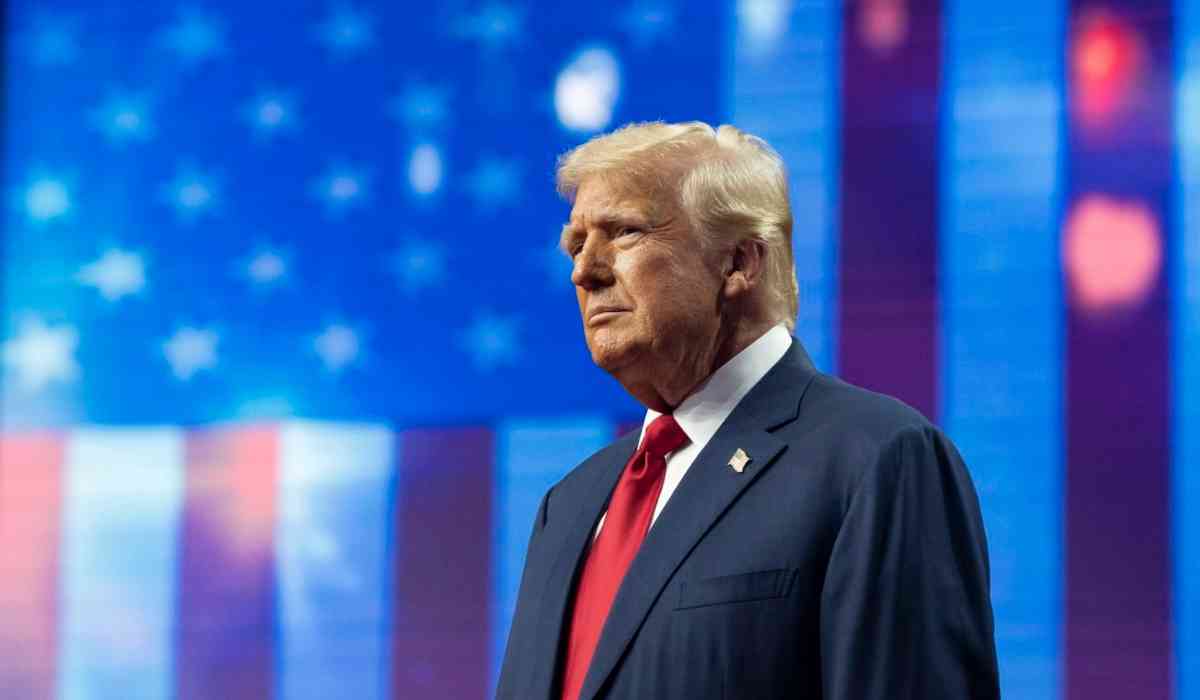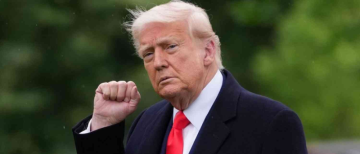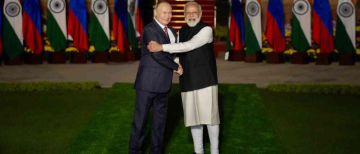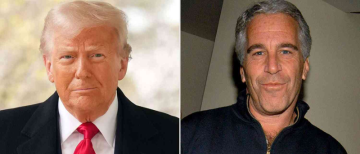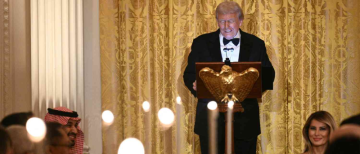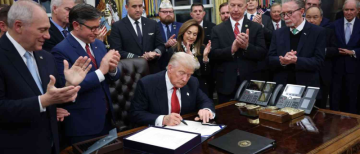President Donald Trump has announced plans to impose reciprocal tariffs on multiple countries, with an official declaration expected by Monday or Tuesday of next week. The move, aimed at establishing fair trade practices, is part of a broader effort to rectify trade imbalances and strengthen the U.S. economy.
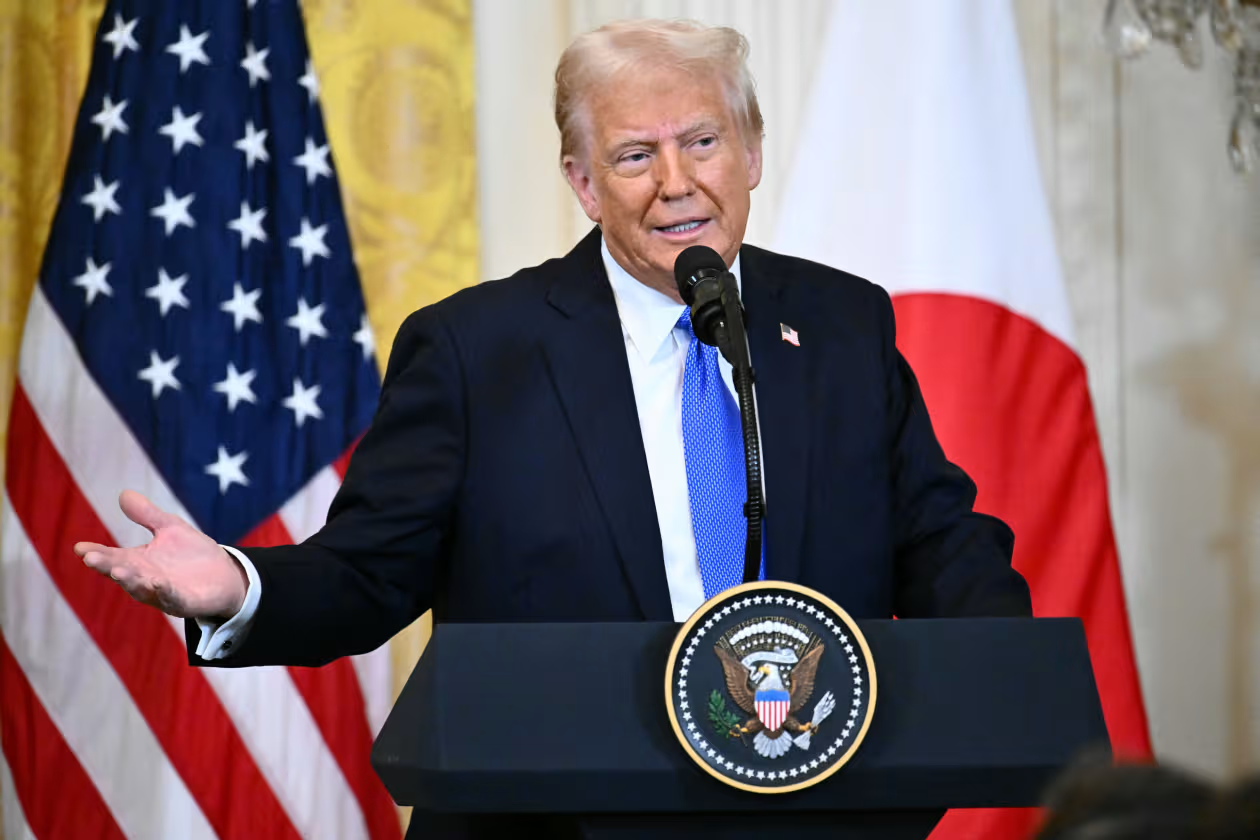
Trump’s Push for Reciprocal Trade
During a meeting with Japanese Prime Minister Shigeru Ishiba, Trump emphasized the need for trade parity, stating, “We don’t want any more, any less.” His remarks reflect the administration’s continued push for trade policies that ensure the U.S. is treated fairly in global commerce.
The decision aligns with Trump’s long-standing stance on revamping international trade relationships to benefit the U.S. economy. However, he did not disclose the specific nations that will be impacted by the new tariffs.
Previous Tariff Actions and Their Implications
On February 1, Trump initially announced a 25% tariff on imports from Canada and Mexico but later postponed its implementation following concerns from investors. Instead, both nations committed to enhanced border enforcement measures, a key agenda item for Trump’s administration.
Trump has been vocal about what he perceives as unfair tariff policies imposed by trade partners. One of his primary grievances is the European Union’s (EU) 10% tariff on U.S. automobile imports, while the U.S. charges only 2.5% for European car imports.
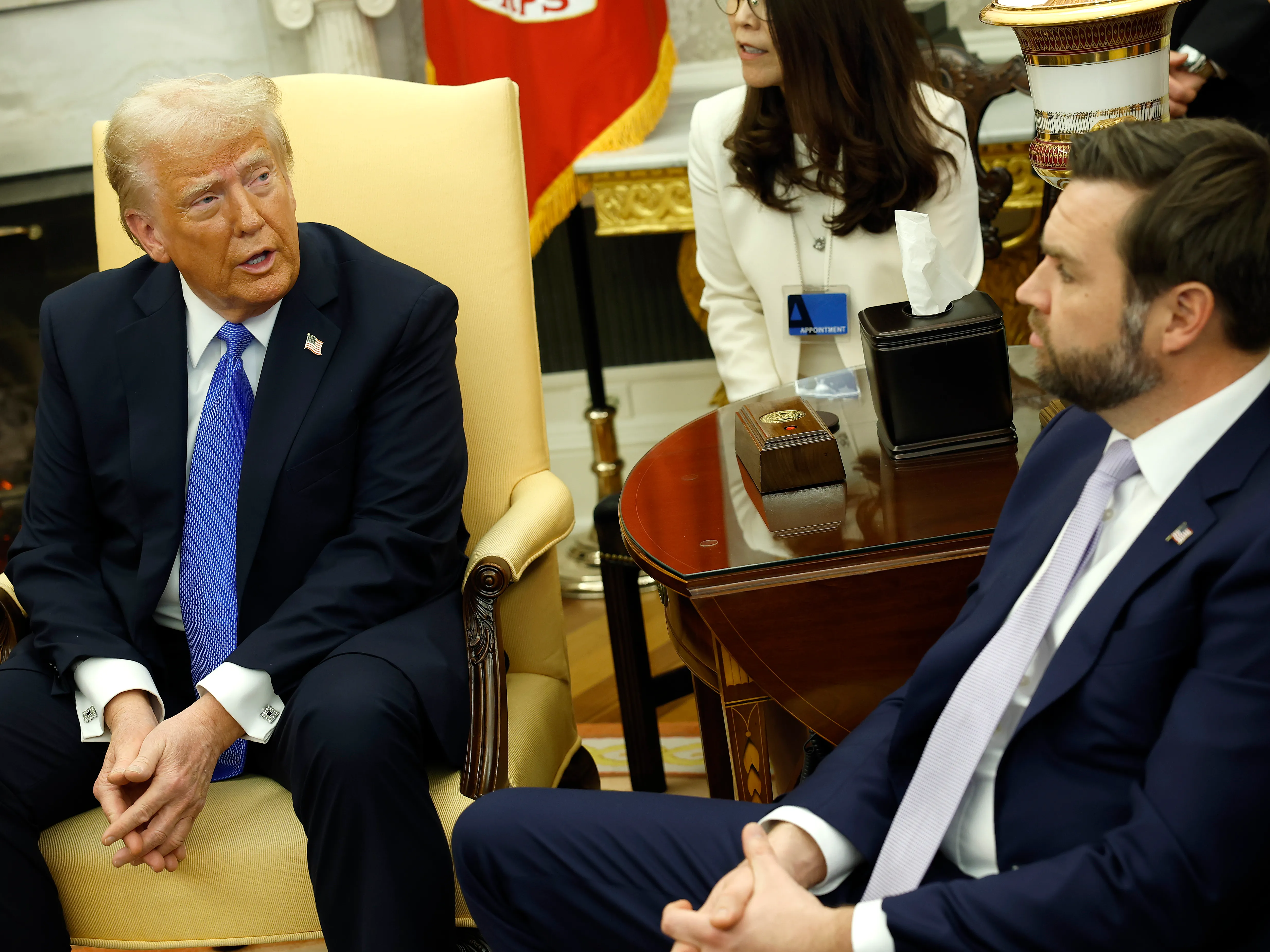
Potential Tariffs on Automobile Imports
A significant point of discussion has been additional tariffs on imported automobiles. Trump hinted that the inclusion of Tesla CEO Elon Musk in his administration could lead to new tariff considerations in this sector. “That’s always on the table, it’s a very big deal,” he stated, indicating that automobile tariffs may soon be equalized.
Concerns Over High Tariff Rates in Key Economies
Recent confirmation hearings for Trump’s nominees shed light on ongoing trade disputes with major global economies:
-
India: Commerce Secretary nominee Howard Lutnick highlighted India’s high tariff rates.
-
Vietnam and Brazil: U.S. Trade Representative nominee Jamieson Greer echoed concerns about trade barriers imposed by these nations.
-
European Union: While closer to the U.S. in terms of tariffs, trade imbalances persist.
Comparative Analysis of Global Tariff Rates
According to the World Trade Organization (WTO), the U.S. maintains a trade-weighted average tariff rate of 2.2%. In contrast, several key trade partners impose significantly higher tariffs:
-
India: 12%
-
Brazil: 6.7%
-
Vietnam: 5.1%
-
European Union: 2.7%
These figures underscore the U.S. administration’s argument that American goods face disproportionately high trade barriers in global markets.
What’s Next?
With Trump poised to announce new tariffs, global trade relations may experience another significant shift. The upcoming policy measures could lead to renegotiations with key trade partners or potential retaliatory actions. The administration remains firm in its stance that fair trade policies must be enforced to protect U.S. industries and economic interests.
The global market will be closely watching Trump’s announcement next week, as it could have far-reaching implications for international trade dynamics.
With inputs from agencies
Image Source: Multiple agencies
© Copyright 2024. All Rights Reserved Powered by Vygr Media.

